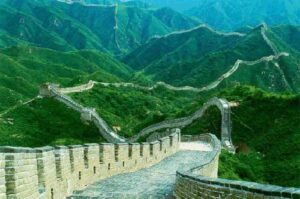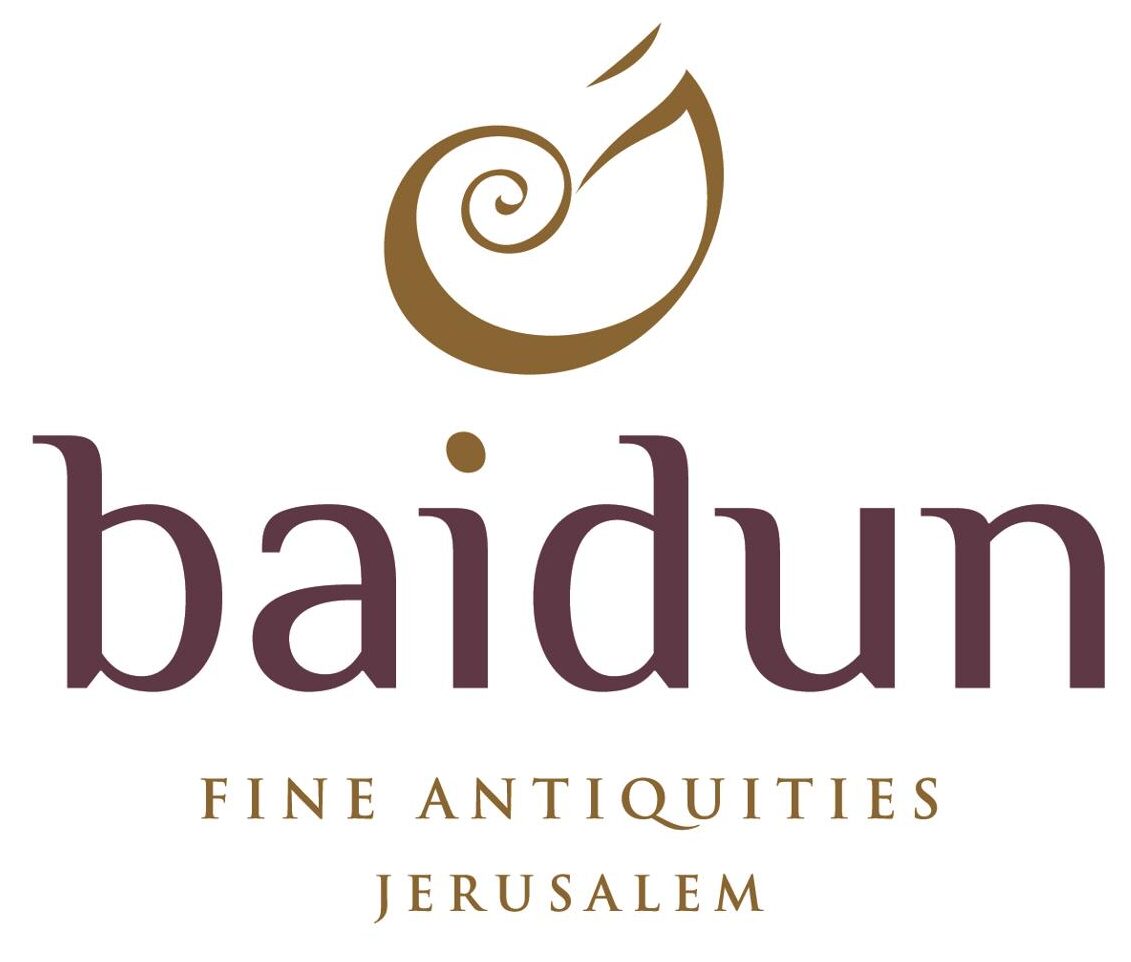4 Most Advanced Ancient Civilizations
We can thank our ancient ancestors for many of the modern conveniences we enjoy today. But, there is more to these civilizations than their contributions to art and architecture…
 Ancient China 2100 – 221 BC
Ancient China 2100 – 221 BC
Along with the Four Great Inventions of Ancient China – printing, paper-making, the compass and gunpowder – the Ancient Chinese have also been credited with inventions ranging from kites to toilet paper! The first recorded observations of solar eclipses and comets were also made in China.
The Chinese also brought the concept of “time-keeping” into our lives through “Shadow Clocks” – forerunners of the sundial which first appeared in China around 2,500 years ago.

Ancient Egypt 3150 – 31 BC
The Ancient Egyptians are world renowned for their early advances in Math and Architecture; but did you know that they were forward-thinking in the field of medicine? With the harsh living and work conditions of early Egypt, parasitic diseases and malaria were prevalent near the Nile River, with the added danger of crocodiles and hippos. There is evidence that the Ancient Egyptians had knowledge of anatomy, injuries and practical treatments
Moreover, the Egyptians were ahead of their time in regards to gender equality. Men and women were represented equal before the law, and women played significant roles in society.
 Ancient Greece 800 BC – 146 BC
Ancient Greece 800 BC – 146 BC
Although well known for their sophistication in Architecture, Math and Astrology, the Ancient Greeks took great strides in the literary world too – playwright Aeschylus invented ‘drama’ through the idea of dialogue, Sophocles is credited with developing irony as a literary technique, and Euipedes used plays to challenge social norms – something that has continued to the present day.
 Maya Civilization 2000 BC – early 16th Century
Maya Civilization 2000 BC – early 16th Century
The Maya are well known for having brilliance astrology and outstanding mathematicians, credited with the invention of zero and measuring the length of a solar year with great accuracy. What is less well known is the sophistication of the methods they used to produce food – with permanent raised fields, wild harvesting, forest gardens and terracing supporting the population – practices that modern-day Maya people continue today.




